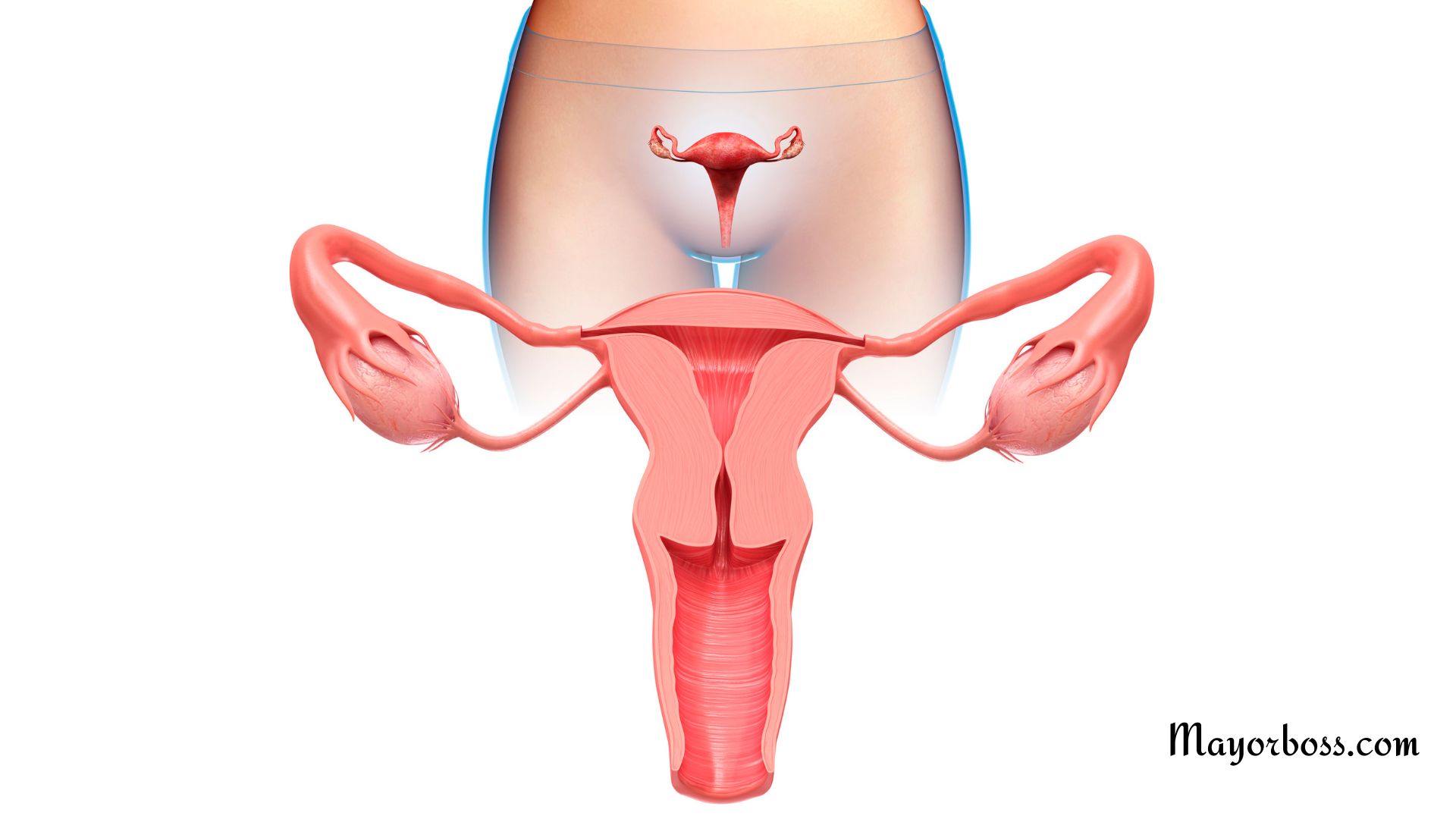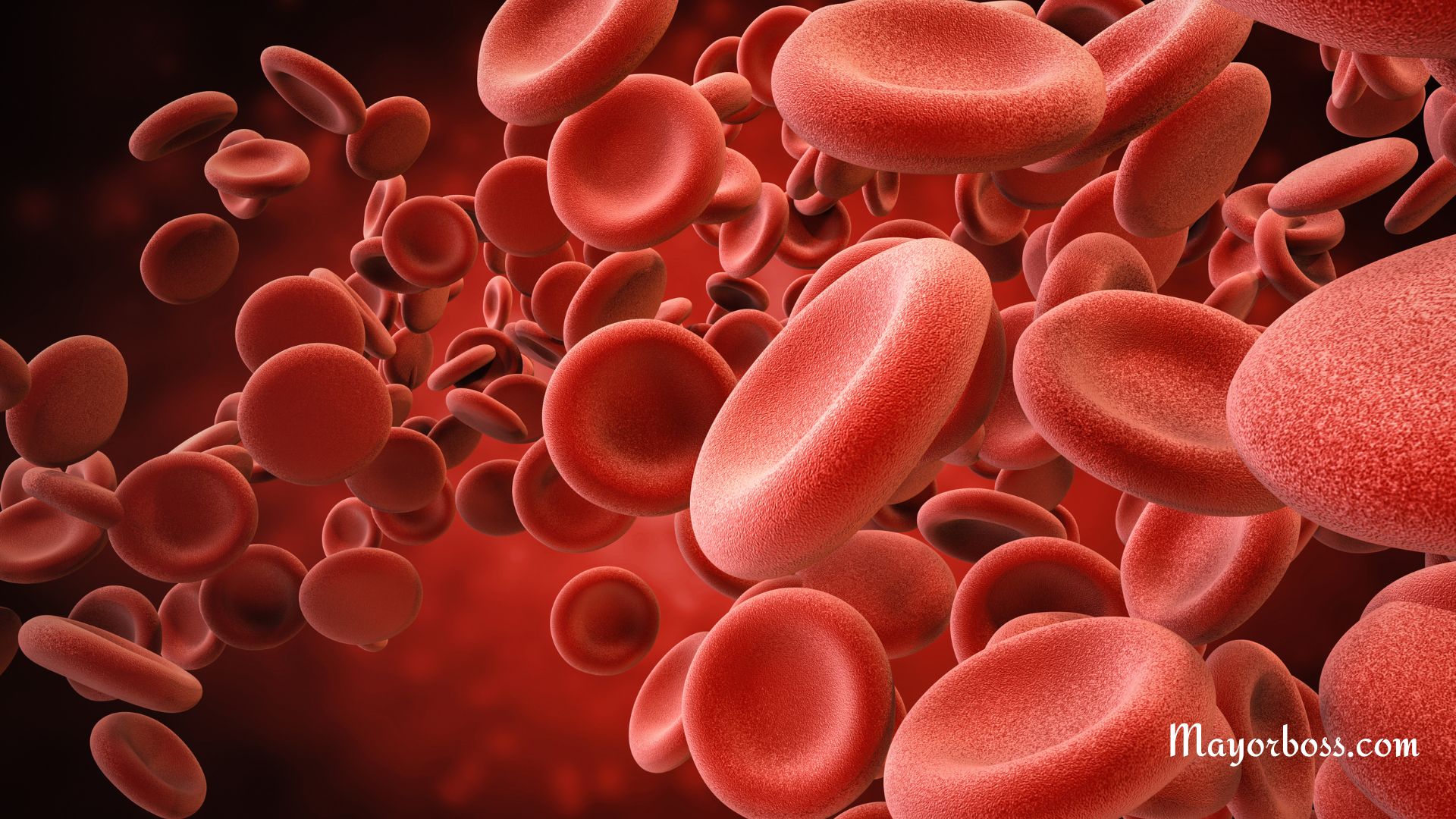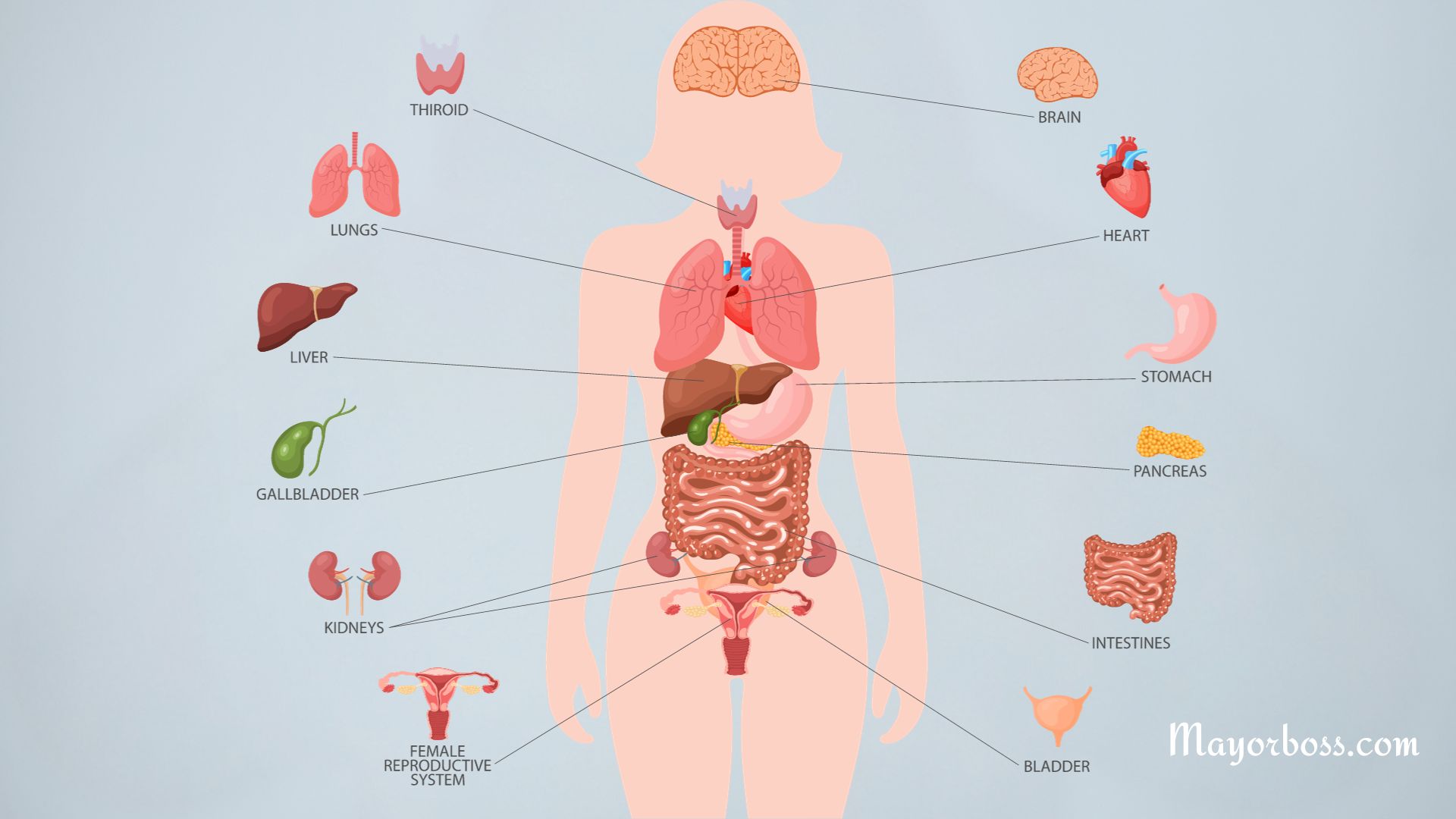Penis: Anatomy, Function, and Common Health Concerns
The penis plays a crucial role in the male reproductive and urinary systems. It’s not only vital for sexual function but also for the elimination of urine. Understanding its anatomy, function, and common health issues is important for overall well-being. So, let’s get into the details about the penis, including its structure, purpose, and some typical health problems that can affect it.

Anatomy of the Penis
The penis consists of several key parts:
- Shaft: The long, tube-like part of the penis between the glans and the pelvis.
- Glans: Also known as the head of the penis, the glans are the cone-shaped end part.
- Foreskin: A layer of skin covering the glans in uncircumcised males.
- Urethra: A tube running through the penis, allowing urine and semen to exit the body.
- Erectile tissue: This includes the corpora cavernosa, two tubes of sponge-like tissue, and the corpus spongiosum, which surrounds the urethra.
These parts work together to support the penis’s main functions: sexual intercourse, reproduction, and urination.
Function of the Penis
The primary functions of the penis include:
- Urination: The process of expelling urine from the bladder through the urethra.
- Sexual intercourse: During arousal, the penis becomes erect, allowing for penetration and sexual activity.
- Ejaculation: The release of semen, containing sperm, through the urethra during orgasm.
These functions are vital not just for sexual health but also for the overall health and well-being of individuals.
Common Health Concerns
Several health issues can affect the penis, some more common than others. Awareness and early detection are key to managing these problems effectively.
Erectile Dysfunction (ED)
Erectile dysfunction is the inability to achieve or maintain an erection suitable for sexual intercourse. Causes range from psychological factors like stress and anxiety to physical conditions such as diabetes and heart disease. Treatment options vary, including medication, lifestyle changes, and therapy.
Phimosis and Paraphimosis
Phimosis is when the foreskin cannot be fully retracted over the glans, while paraphimosis is the inability to return the retracted foreskin to its normal position, potentially leading to swelling and circulation issues. Both conditions may require medical treatment, sometimes even surgery.
Peyronie’s Disease
This condition involves the development of fibrous scar tissue inside the penis, causing curved, painful erections. Peyronie’s disease can interfere with sexual function and may require medical intervention.
Urinary Tract Infections (UTIs)
Although less common in men, UTIs can occur and cause pain during urination, a frequent need to urinate, and cloudy or strong-smelling urine. Treatment typically involves antibiotics.
Sexually Transmitted Infections (STIs)
STIs such as herpes, gonorrhea, chlamydia, and human papillomavirus (HPV) can affect the penis, leading to symptoms like sores, itching, and discharge. Practicing safe sex and getting regular health checks can help manage and prevent STIs.
Frequently Asked Questions
1. How can I maintain good penile health?
Maintaining good hygiene, practicing safe sex, staying hydrated, and having regular check-ups with a healthcare provider are essential steps. Additionally, a balanced diet and regular exercise can contribute to overall sexual health.
2. Is it normal for the penis to curve?
A slight curve in the penis when erect is normal for many men. However, if the curvature causes pain or interferes with sexual activity, it might be Peyronie’s disease, and consulting a healthcare professional is advisable.
3. Can lifestyle changes improve erectile dysfunction?
Yes, lifestyle changes such as reducing alcohol consumption, quitting smoking, losing weight, and exercising regularly can significantly improve erectile dysfunction in many cases.
Understanding the anatomy and function of the penis, as well as being aware of common health concerns, is crucial for men’s health. Regular check-ups and open discussions with healthcare providers about any concerns can lead to early detection and treatment of potential issues, ensuring both physical and mental well-being.






